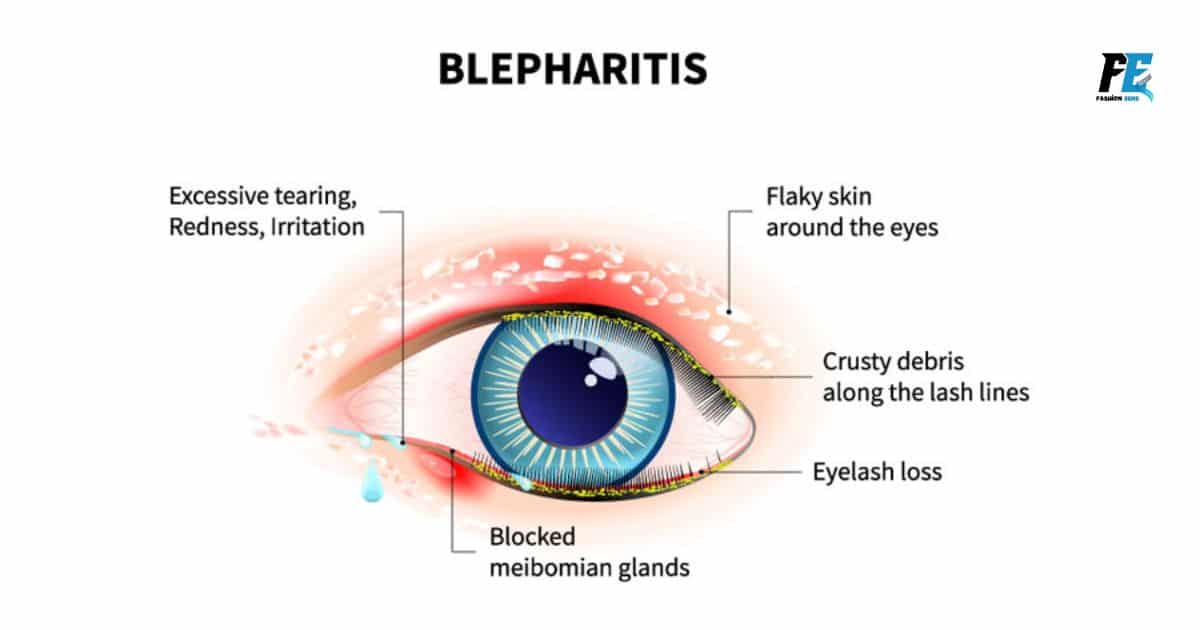Eyelash extensions have become very popular among people who want long, beautiful lashes without effort. While extensions provide an easy way to accentuate your eyes, they also come with some risks if not cared for properly. One common problem related to eyelash extensions is a condition called blepharitis.
Blepharitis from eyelash extensions causes painful inflammation of the eyelids. If you wear eyelash extensions, it’s essential to know about blepharitis and how to prevent or treat it. Blepharitis is one of the most common issues people face when wearing eyelash extensions. The extensions and glues used to apply them can lead to blepharitis if the eyelids are not kept clean. Left untreated, blepharitis causes red, irritated eyelids and discomfort.
In this article, we will help you understand precisely what blepharitis is, why extensions may cause it, signs to watch out for, and, most importantly, how to ensure your eyelids stay healthy while wearing lashes. This article aims to provide information to help you enjoy eyelash extensions safely and take care of your eyes.
Read about: Eyelash Extension Styles
Eyelash Extension Infections
Getting eyelash extensions involves glue and tools touching the sensitive skin around the eyes. If these are not kept clean, it can lead to various eye infections. The most common diseases associated with eyelash extensions include allergic conjunctivitis, blepharitis, bacterial conjunctivitis, Demodex mites, and Staphylococcus aureus infections.
Allergic Conjunctivitis
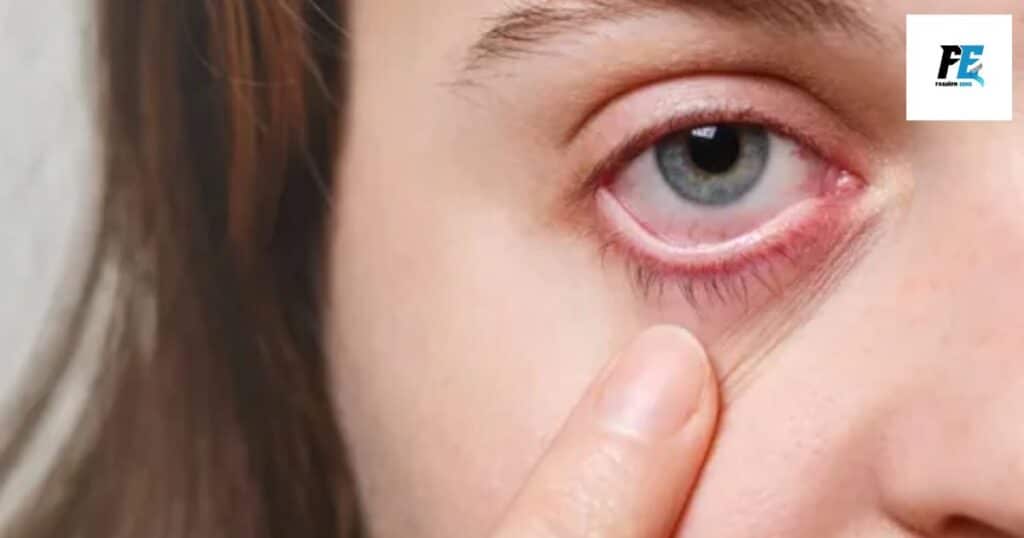
Some people are allergic to the glues or materials used in extensions. This causes red, itchy, watery eyes, known as allergic conjunctivitis.
Symptoms include redness, itching, tearing, and swelling of the eyelids, which occur when the eyes react to allergens present in the adhesive or extension material.
Blepharitis
Blepharitis is inflammation of the eyelids. With extensions, debris and bacteria can build up and cause red, irritated eyelids.
Common symptoms of blepharitis from eyelash extensions include redness, irritation, flaking or crusty skin around the eyes, burning sensation, and light sensitivity.
Bacterial Conjunctivitis
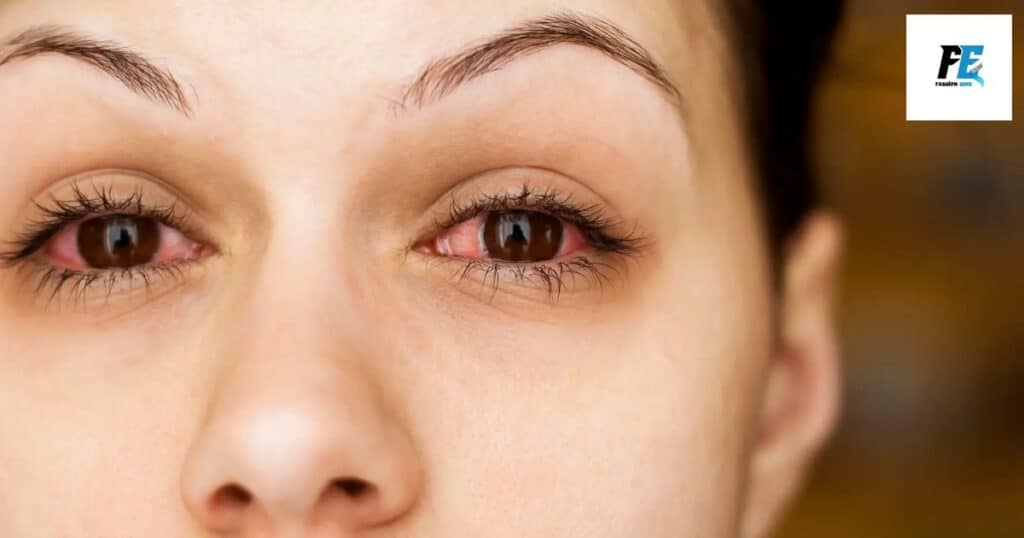
Also called pink eye, this happens when bacteria from unclean tools or hands infect the thin layer over the white part of the eye.
It results in redness and eye discharge. Symptoms include redness, discharge, and crusting of the eyelids caused by bacteria infecting the conjunctiva.
Demodex Mites
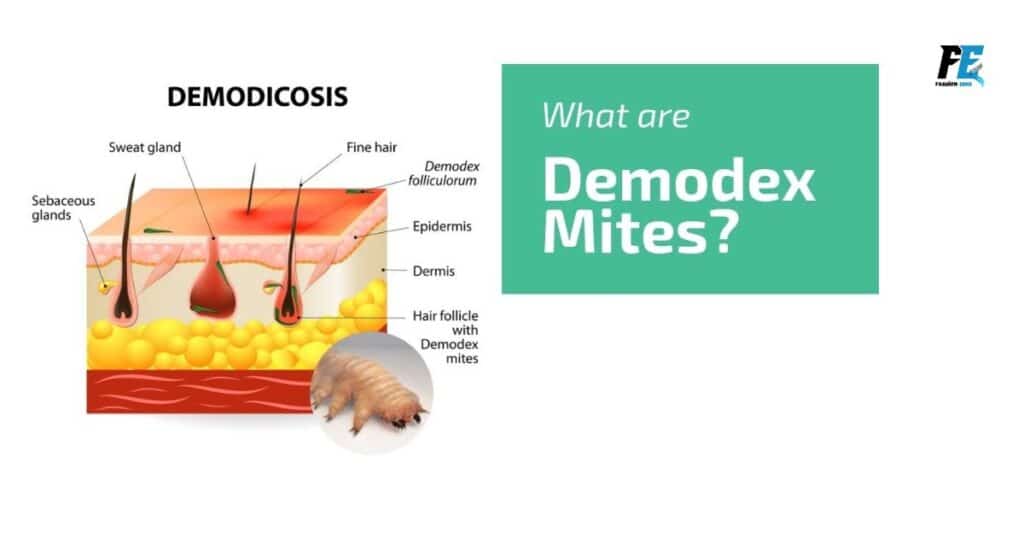
Microscopic mites living in hair follicles can overgrow and cause eyelid inflammation and itchiness, which is called Demodex blepharitis.
Demodex mites naturally reside in hair follicles, but an overgrowth of these microscopic parasites can lead to Demodex mite-related blepharitis.
Staphylococcus Aureus Infections
This is a common skin and nose bacteria. Getting into the eyes during application can lead to painful, swollen eyelids or vision problems from infections like styes.
Signs of Staphylococcus aureus infection include painful, swollen eyelids and potential vision problems if left untreated.
Why Do You Get Eyelash Extension Infections?
Several factors can increase the risk of developing an eye infection from eyelash extensions. Maintaining proper hygiene and care is essential for prevention.
Poor Hygiene Practices
If the technician or tools used are not adequately sterilized or if their workspace is unclean, it can introduce bacteria, viruses, or fungi that can lead to infection near the eyes. Unhygienic practices during the application process pose a risk.
Improper Application Techniques
Misapplying extensions, like attaching too many natural lashes or using excessive adhesive, can damage delicate eyelid skin and lash follicles. This trauma provides an entry point for pathogens to cause irritation and infection.
Allergic Reactions to Materials
Some individuals may have allergic reactions to the glues or other materials used in eyelash extensions. The inflammatory response caused by allergies can weaken the eye’s natural barriers, making it easier for microbes to gain entry and infection to take hold.
Neglecting Aftercare Instructions
Not following the stylist’s advice on daily eyelid cleansing, avoiding rubbing of eyes, and prohibiting the use of specific eye makeup or products post-application allows bacteria and debris to accumulate on the eyelids. This increases the risk of infection.
Pre-existing Eye Conditions
People with conditions such as dry eyes, blepharitis, or meibomian gland dysfunction may be more susceptible to opportunistic infections after eyelash extension application due to their compromised ocular surface health.
Continuous Wear Without Breaks
The constant wear of extensions without removal for several weeks at a time puts continual stress on the natural lashes and eyelids.
It also does not allow them time to rest, recover, and maintain a healthy microenvironment. This fatigue increases vulnerability to infection.
Understanding Blepharitis – The Most Common Eye Infection
Blepharitis is a prevalent eye condition that can occur when wearing eyelash extensions if proper care is not maintained. It’s essential to understand what blepharitis is, why extensions may cause it, and how to recognize its symptoms.
What is Blepharitis from Eyelash Extensions?
Blepharitis refers to inflammation of the eyelid margin, where the eyelashes grow. With extensions, debris and bacteria have more opportunities to accumulate along the lash line.
This can exacerbate pre-existing blepharitis or potentially cause it by overwhelming the eye’s natural defenses and irritating sensitive lid tissue.
Common Symptoms of Blepharitis from Lash Extensions
The main signs of blepharitis from extensions include red, irritated eyelids that may feel gritty or scratchy. Other potential symptoms are flaking or scaling of the eyelid skin, abnormal tearing, light sensitivity, and occasionally a burning sensation.
It’s beneficial to be aware of these physical and discomfort cues in case the condition needs prompt evaluation and treatment to prevent progression or occurrence of exacerbations. Monitoring for changes while wearing extensions is advised.
How to Treat Blepharitis from Eyelash Extensions?
If blepharitis develops from eyelash extensions, it’s essential to treat it properly. The treatment involves seeing an eye doctor, removing extensions if needed, regular eyelid cleaning, using prescribed drops or ointments, and controlling skin conditions.
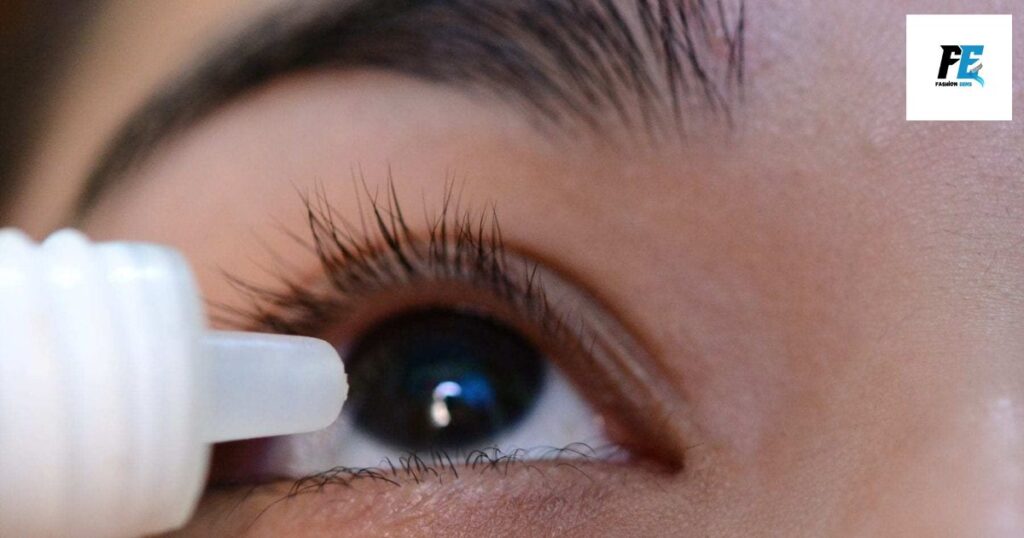
Consult an Eye Care Professional
The first step is scheduling an appointment with an optometrist or ophthalmologist. They can examine your eyes and correctly diagnose blepharitis. The eye doctor will determine the best treatment plan.
Seeing a professional is essential to rule out other potential issues and ensure blepharitis is treated correctly. They have the proper training and tools to assess your eye health.
Remove the Extensions
For some people, removing the extensions may be part of the treatment. This helps prevent further irritation while the eyelids heal. Only a trained technician should remove them to avoid damage.
Removing extensions allows the eyes and eyelids to rest. It also helps eye drops and ointments work better with fewer materials blocking the skin. Extra care is still needed after removal.
Practice Good Eyelid Hygiene
The doctor may recommend regular eyelid hygiene as part of treatment. This involves gentle cleaning to remove flakes and debris. Warm compresses help unclog oil glands and soften scales for easy removal.
Thorough, gentle cleansing is essential to lower the risk of reinfection. It keeps the eyelid skin healthy and allows other treatments to be most effective.
Use Prescribed Medications
Your eye doctor may prescribe specific eye medications like antibiotic ointments, steroid eye drops, or artificial tears based on the severity and cause of your blepharitis.
Antibiotics fight infection, while steroids reduce inflammation and discomfort. Artificial tears address any dry eye symptoms and prevent further irritation.
Using medications as directed is essential for relieving symptoms and clearing up the condition.
Manage Dandruff or Skin Conditions
For some people, blepharitis may be linked to skin issues like dandruff or rosacea. Treating these underlying conditions can, therefore, help blepharitis. Seeing a dermatologist can help identify strategies to combat dandruff with special shampoos or control skin conditions through topical creams.
This additional management may speed up recovery from blepharitis linked to specific skin inflammation. The key is treating blepharitis using a multi-prolonged approach involving eye and occasionally skin doctors to determine the root cause and resolve symptoms effectively through medication, hygiene, and controlling linked conditions.
How to Avoid Blepharitis from Eyelash Extensions
It’s possible to safely enjoy eyelash extensions and reduce the risk of blepharitis with some preventative steps.
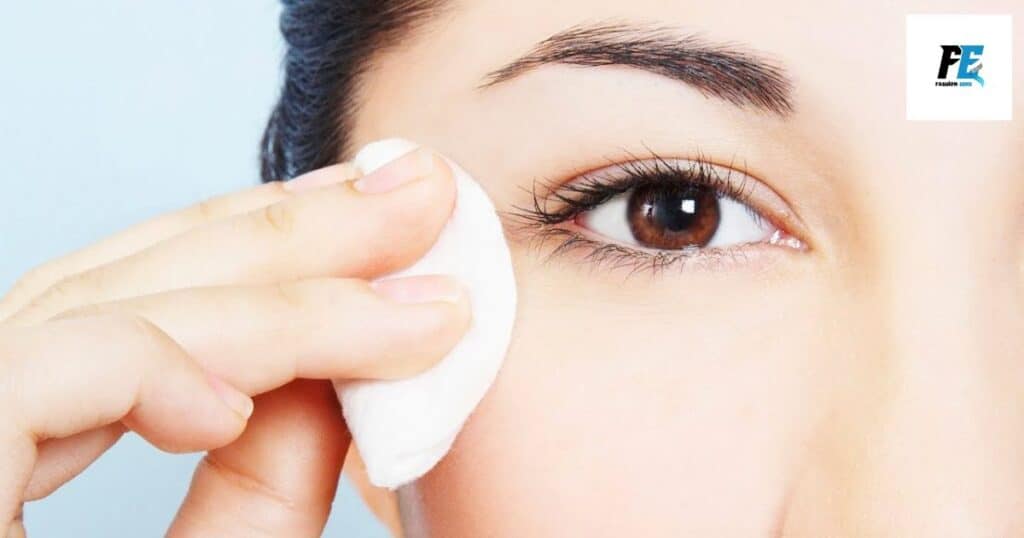
- Be sure to thoroughly research the technician’s experience, qualifications, and safety practices before your appointment. Certification is a good sign they know proper hygiene.
- Make eyelid cleaning part of your daily routine using gentle, recommended products. This removes debris that can irritate.
- Schedule infill appointments so technicians can check your natural lashes and eyelid health. Early issues can be caught and addressed.
- Strictly adhere to instructions on avoiding eye makeup, rubbing, and caring for extensions properly as directed.
- Consult an expert if you have any eye problems or concerns about your extensions. Their advice prevents worsening issues.
- Knowing how to care for your eyes is critical to avoiding blepharitis from extensions and keeping your eyelid health in good condition.
FAQs
How often should I clean my eyelids when wearing extensions?
It’s recommended to clean your eyelids daily using a gentle cleanser or warm water. Gently scrubbing for 30 seconds each time helps remove debris and bacteria that can cause blepharitis.
When should I see a doctor about blepharitis?
See an eye doctor if your eyelids become red, swollen, flaky, or itchy, and these symptoms don’t improve with essential lid cleansing. They can adequately diagnose blepharitis and prescribe treatment if needed.
Is it safe to exercise or swim with extensions?
Avoid activities that could moisten your eyelashes, like swimming or working out, since this moisture trapped against the lids raises infection risk. It’s best to remove extensions for activities that make you sweat heavily near your eyes.
Final Thoughts
Blepharitis from eyelash extensions is a common eye condition that can occur in people wearing eyelash extensions if proper care and hygiene habits are not followed. It is essential to understand what blepharitis is and the signs and symptoms to look out for.
With the appropriate treatment from an eye doctor and making preventative lifestyle changes like daily eyelid cleaning routines, it is possible to safely enjoy eyelash extensions while maintaining healthy eyelid and eye function.
Following the guidance provided in this article on blepharitis management and prevention can help you keep your eyes comfortable and take advantage of the benefits of lash extensions without unnecessary risks. Maintaining open communication with professionals is crucial to eyelash extension success and eye health overall.

Welcome to Fashioneens! Your go-to destination for trendy fashion tips and style guides. Join us in exploring the latest in fashion trends and unleash your inner style icon!
